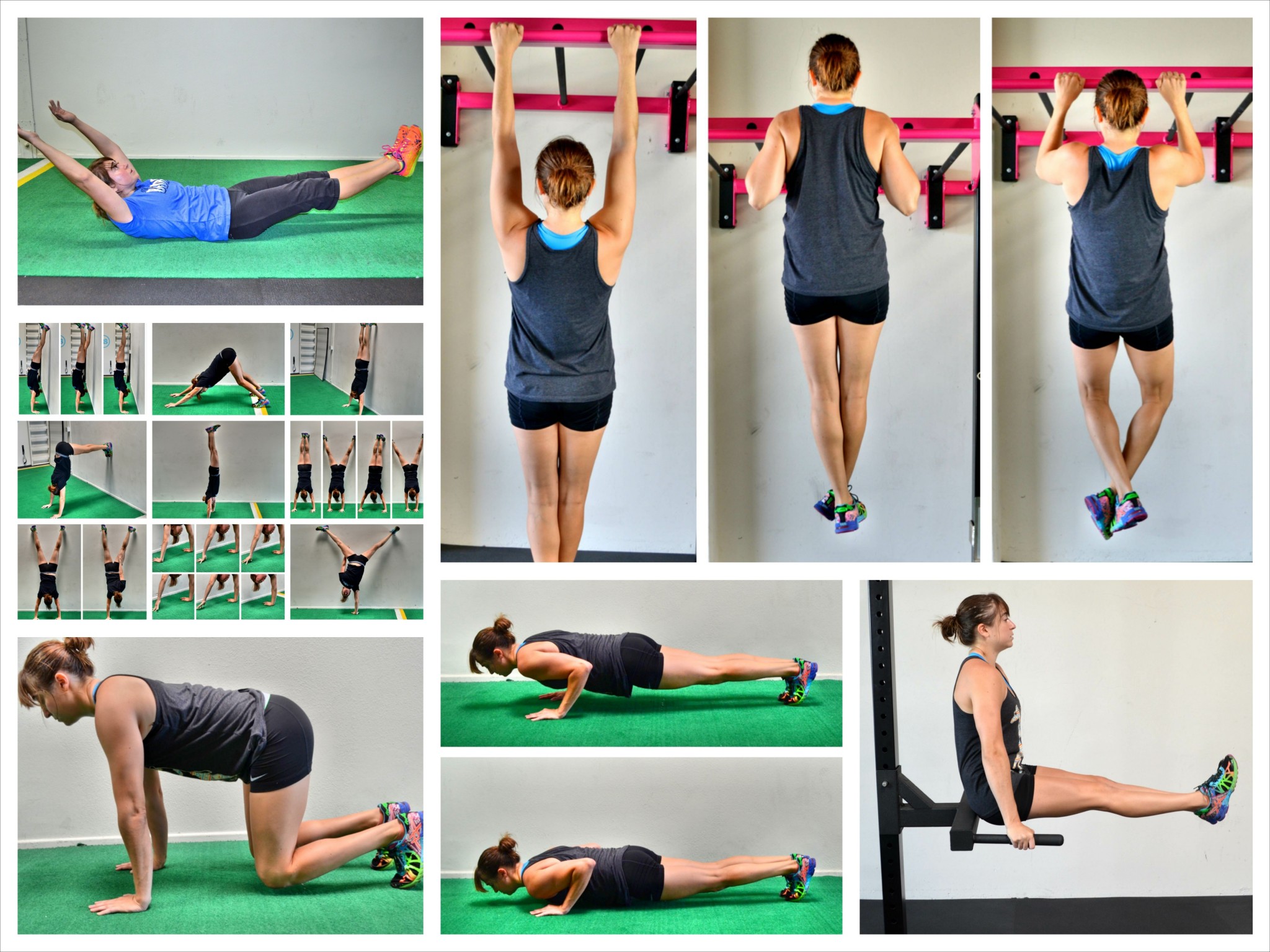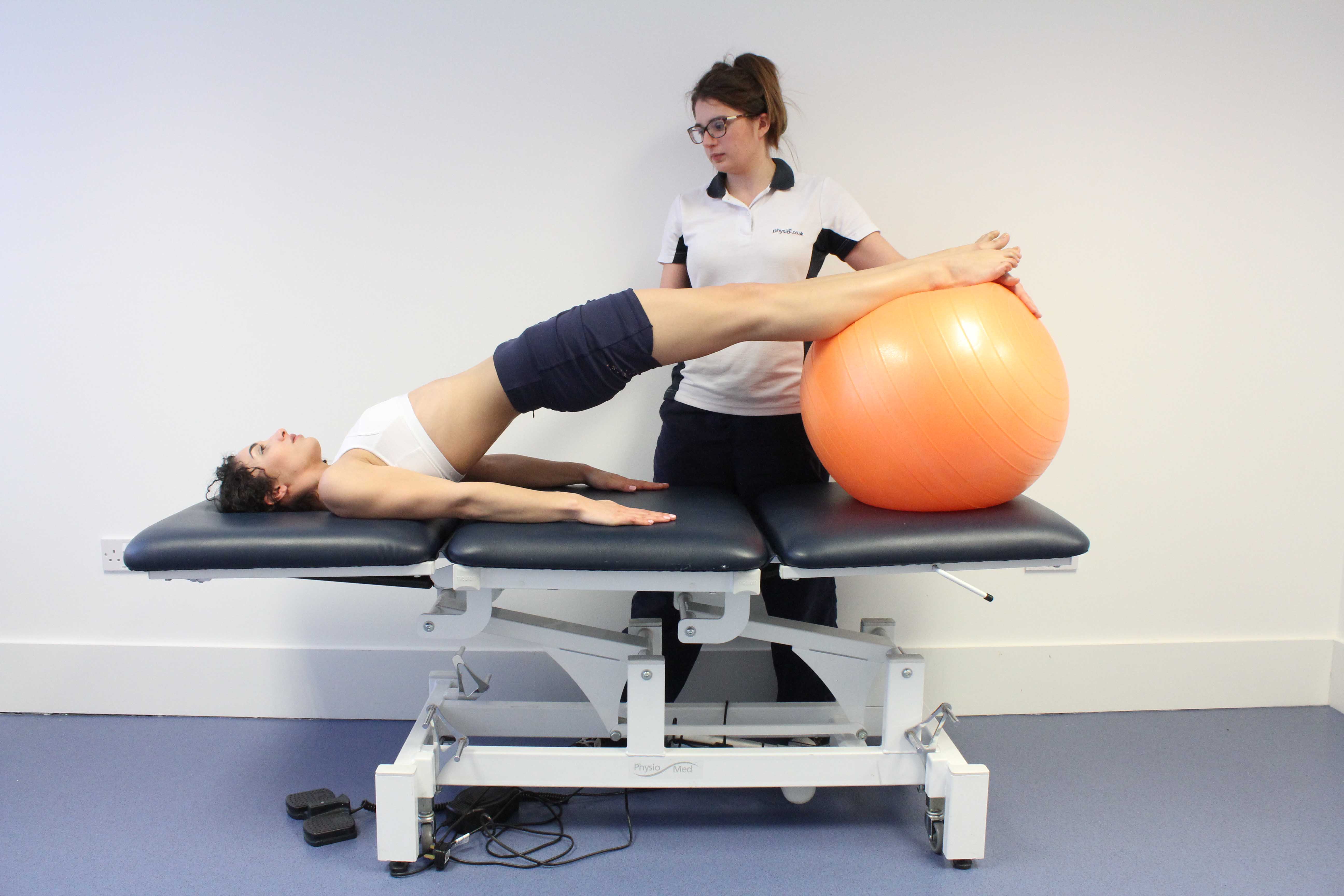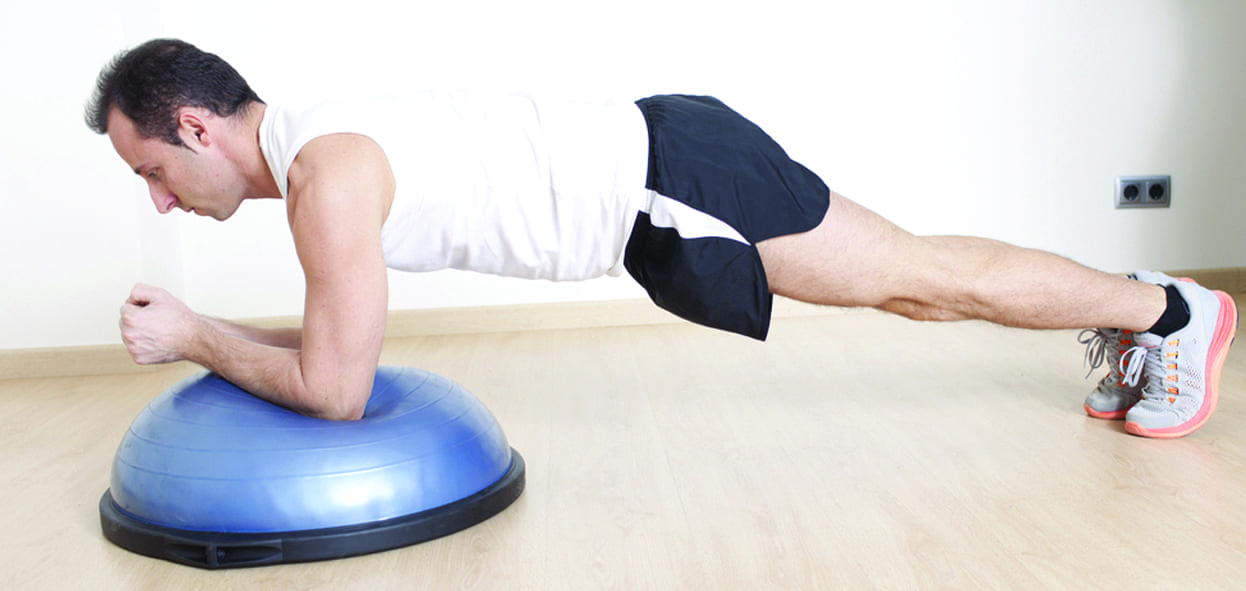The Importance of Core Stability in High Jump
Core stability exercises are crucial for high jumpers who aim to improve their performance, technique, and power while reducing the risk of injury. The core muscles, including the rectus abdominis, obliques, transverse abdominis, and erector spinae, play a vital role in providing stability, balance, and power during high jump take-off, flight, and landing phases. By strengthening these muscles, high jumpers can enhance their overall athletic abilities and achieve greater success in the sport.
Many successful high jumpers have incorporated core stability exercises into their training programs, such as Olympic gold medalist Stefan Holm and world record holder Javier Sotomayor. These athletes have recognized the importance of core stability in improving their technique, increasing their power, and preventing injuries. By focusing on core stability exercises, high jumpers can develop a solid foundation for their athletic performance and reach new heights in the sport.

Understanding Core Stability: What Muscles are Involved
Core stability exercises for high jumpers involve strengthening several key muscles that work together to provide stability, balance, and power during high jump take-off, flight, and landing phases. These muscles include:
- Rectus Abdominis: Also known as the “six-pack” muscles, the rectus abdominis runs down the front of the abdomen and is responsible for flexing the spine. This muscle helps high jumpers generate power during take-off and landing.
- Obliques: The internal and external obliques are located on the sides of the abdomen and are responsible for rotating and flexing the spine. These muscles help high jumpers maintain balance and control during the high jump.
- Transverse Abdominis: The deepest of the abdominal muscles, the transverse abdominis wraps around the abdomen and helps stabilize the spine. This muscle is crucial for high jumpers as it helps maintain proper posture and alignment during the high jump.
- Erector Spinae: Located in the lower back, the erector spinae muscles help extend the spine and maintain proper posture. These muscles are essential for high jumpers as they help maintain proper form during take-off and landing.
By strengthening these muscles, high jumpers can improve their core stability, which can lead to better technique, increased power, and reduced risk of injury. Core stability exercises for high jumpers should focus on strengthening these muscles in a balanced and functional way, rather than simply focusing on the aesthetics of the abdominal muscles.
Assessing Your Core Strength: Evaluating Your Current Abilities
Before starting a core stability training program, it’s essential to evaluate your current core strength to establish a baseline and identify any weaknesses. This assessment will help you design a personalized training program that targets your specific needs and goals. Here are some tips on how to assess your core strength:
- Plank Holds: The plank hold is a simple and effective way to assess your core strength. Start in a push-up position, then lower your forearms to the ground. Hold this position for as long as possible while maintaining proper form. Aim for at least 30 seconds to one minute. If you can’t hold the plank for that long, you may need to work on your core strength.
- Sit-ups: Sit-ups are a classic core exercise that can help you assess your abdominal strength. Lie on your back with your knees bent and feet flat on the ground. Place your hands behind your head and lift your upper body off the ground, aiming for your chest to touch your knees. Aim for at least 15-20 repetitions. If you can’t complete that many, you may need to work on your abdominal strength.
- Leg Raises: Leg raises are another effective way to assess your core strength. Lie on your back with your arms at your sides. Lift your legs off the ground, keeping them straight, and raise them as high as possible. Lower them back down slowly, avoiding touching the ground. Aim for at least 10-15 repetitions. If you can’t complete that many, you may need to work on your lower abdominal strength.
By assessing your core strength, you can identify any weaknesses and design a personalized training program that targets those areas. This will help you improve your core stability, which can lead to better high jump performance, reduced risk of injury, and improved overall athleticism.

Designing a Core Stability Training Program for High Jump
Core stability exercises for high jumpers are essential for improving technique, power, and reducing the risk of injury. A well-designed core stability training program can help high jumpers develop the strength and stability needed to perform at their best. Here’s a comprehensive guide to designing a core stability training program for high jump:
- Exercises: Choose a variety of core stability exercises that target the rectus abdominis, obliques, transverse abdominis, and erector spinae. Some effective core stability exercises for high jumpers include dead bugs, bird dogs, cable rotations, and stability ball rollouts. These exercises can be performed using bodyweight, resistance bands, or cable machines.
- Sets and Reps: Aim for 2-3 sets of 8-12 repetitions for each exercise. This will help you build strength and endurance in your core muscles. Rest for 30-60 seconds between sets to allow your muscles to recover.
- Frequency: Incorporate core stability exercises into your high jump training program 2-3 times per week. This will help you build a strong foundation of core stability that can support your high jump performance.
Here are some examples of core stability exercises for high jumpers:
- Dead Bugs: Lie on your back with your arms extended towards the ceiling and your legs bent at a 90-degree angle. Lower one arm and the opposite leg towards the ground, then return to the starting position. Repeat on the other side. This exercise targets the transverse abdominis and helps improve stability in the lower back.
- Bird Dogs: Start on your hands and knees with your wrists directly under your shoulders and your knees under your hips. Lift one arm and the opposite leg off the ground, keeping them in line with your body. Hold for a few seconds, then return to the starting position. Repeat on the other side. This exercise targets the erector spinae and helps improve stability in the hips and lower back.
- Cable Rotations: Stand next to a cable machine with a handle attached at shoulder height. Pull the handle towards your opposite hip, rotating your torso as you do so. Return to the starting position and repeat on the other side. This exercise targets the obliques and helps improve rotational power in the core.
By incorporating core stability exercises into your high jump training program, you can improve your technique, increase your power, and reduce your risk of injury. Remember to choose a variety of exercises, perform them with proper form, and progress gradually to avoid overtraining.
Incorporating Core Stability Exercises into Your High Jump Training
Core stability exercises for high jumpers are an essential component of a successful training program. To maximize the benefits of core stability training, it’s important to incorporate these exercises into your high jump training program effectively. Here are some tips on how to do so:
- When to Perform Core Stability Exercises: Core stability exercises can be performed on the same day as high jump training or on separate days, depending on your schedule and preferences. However, it’s important to allow adequate recovery time between high jump training sessions and core stability exercises to avoid overtraining.
- How to Progress: As you become stronger and more proficient in core stability exercises, it’s important to progress gradually to continue challenging your muscles. This can be achieved by increasing the number of sets, reps, or resistance, or by incorporating more advanced exercises.
- How to Avoid Overtraining: Overtraining can lead to injury and decreased performance. To avoid overtraining, it’s important to allow adequate recovery time between core stability exercises and high jump training sessions, and to listen to your body and adjust your training program as needed.
Here are some examples of how to incorporate core stability exercises into your high jump training program:
- Warm-Up: Incorporate core stability exercises into your warm-up routine to activate your muscles and prepare your body for high jump training. This can include exercises such as plank holds, dead bugs, and glute bridges.
- Cool-Down: Incorporate core stability exercises into your cool-down routine to help your muscles recover and reduce the risk of injury. This can include exercises such as bird dogs, seated trunk twists, and seated leg raises.
- Strength Training: Incorporate core stability exercises into your strength training routine to build a strong foundation of core stability. This can include exercises such as cable rotations, stability ball rollouts, and medicine ball slams.
By incorporating core stability exercises into your high jump training program effectively, you can improve your technique, increase your power, and reduce your risk of injury. Remember to progress gradually, avoid overtraining, and listen to your body to optimize your core stability training program for high jump.

The Benefits of Core Stability Training for High Jump Performance
Core stability exercises for high jumpers are an essential component of a successful training program. By incorporating core stability exercises into their routines, high jumpers can experience numerous benefits that can improve their performance and reduce their risk of injury.
- Improved Technique: Core stability exercises can help high jumpers improve their technique by providing a stable base for movements such as takeoff, flight, and landing. By engaging the core muscles, high jumpers can maintain proper posture and alignment, which can lead to more efficient and effective movements.
- Increased Power: Core stability exercises can also help high jumpers increase their power by improving their ability to transfer force from the lower body to the upper body. By strengthening the core muscles, high jumpers can generate more force and explosiveness in their movements, which can lead to greater jumping height and distance.
- Reduced Risk of Injury: Core stability exercises can help high jumpers reduce their risk of injury by improving their ability to stabilize and control their bodies during movements. By strengthening the core muscles, high jumpers can protect their spine and other joints from excessive stress and strain, which can reduce the risk of injuries such as lower back pain, ankle sprains, and knee injuries.
Many successful high jumpers have incorporated core stability exercises into their training programs to improve their performance and reduce their risk of injury. For example, American high jumper Chaunte Lowe, who won a bronze medal at the 2016 Olympics, has credited core stability exercises with helping her overcome back pain and improve her jumping technique. Similarly, Cuban high jumper Javier Sotomayor, who set the world record in high jump in 1988, has emphasized the importance of core stability exercises in his training program.
By incorporating core stability exercises into their training programs, high jumpers can experience numerous benefits that can improve their performance and reduce their risk of injury. By focusing on exercises that target the entire core, including the rectus abdominis, obliques, transverse abdominis, and erector spinae, high jumpers can build a strong foundation of core stability that can help them achieve their goals and reach their full potential.

Common Mistakes to Avoid in Core Stability Training for High Jump
Core stability exercises for high jumpers are an essential part of a successful training program, but there are common mistakes that high jumpers should avoid to optimize their core stability training.
- Focusing Too Much on Abdominal Exercises: While abdominal exercises are important for core stability, they are only one part of the equation. Neglecting the lower back and other core muscles can lead to an imbalance in strength and stability, which can increase the risk of injury. High jumpers should aim to incorporate exercises that target all the core muscles, including the rectus abdominis, obliques, transverse abdominis, and erector spinae.
- Neglecting the Lower Back: The lower back is a crucial part of the core and plays a vital role in providing stability and balance during high jump. Neglecting the lower back in core stability training can lead to weakness and instability, which can increase the risk of injury. High jumpers should include exercises that target the lower back, such as back extensions and supermans, in their core stability training program.
- Performing Exercises with Poor Form: Poor form during core stability exercises can lead to ineffective training and increase the risk of injury. High jumpers should focus on performing exercises with proper form and alignment, using a full range of motion and engaging all the core muscles. Using mirrors or having a coach or training partner provide feedback can help ensure proper form during exercises.
- Overtraining: Overtraining can lead to fatigue, injury, and decreased performance. High jumpers should aim to gradually increase the intensity and volume of their core stability training program, allowing for adequate rest and recovery between sessions. Incorporating a variety of exercises and varying the intensity and volume can help prevent overtraining and optimize core stability training.
By avoiding these common mistakes, high jumpers can optimize their core stability training and experience numerous benefits that can improve their performance and reduce their risk of injury. By focusing on exercises that target all the core muscles, incorporating lower back exercises, performing exercises with proper form, and avoiding overtraining, high jumpers can build a strong foundation of core stability that can help them achieve their goals and reach their full potential.
Measuring Progress and Adjusting Your Core Stability Training Program
As with any training program, measuring progress and adjusting your core stability training program is crucial for high jumpers to continue improving and reaching their goals. Here are some tips on how to measure progress and adjust your training program based on your progress and goals:
- Track Exercises, Reps, and Sets: Keeping track of the exercises, reps, and sets you perform during each training session can help you monitor your progress over time. By tracking your performance, you can identify areas where you have improved and areas where you may need to focus more attention. This information can help you adjust your training program to continue challenging yourself and making progress.
- Set Specific Goals: Setting specific goals for your core stability training program can help you stay motivated and focused. Whether your goal is to improve your balance, increase your power, or reduce your risk of injury, setting specific goals can help you measure your progress and adjust your training program accordingly.
- Re-assess Core Strength Periodically: Re-assessing your core strength periodically can help you determine whether your training program is effective. You can use the same core strength assessments you performed at the beginning of your training program, such as plank holds, sit-ups, and leg raises, to measure your progress and adjust your training program as needed.
- Listen to Your Body: While it’s important to challenge yourself during core stability training, it’s also important to listen to your body and avoid overtraining. If you experience pain, discomfort, or excessive fatigue, it may be a sign that you need to adjust your training program or take a break from training.
By measuring progress, setting specific goals, re-assessing core strength periodically, and listening to your body, high jumpers can adjust their core stability training program to continue making progress and reaching their goals. By following these tips, high jumpers can optimize their core stability training and experience numerous benefits that can improve their performance and reduce their risk of injury.


